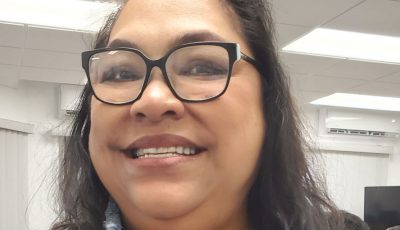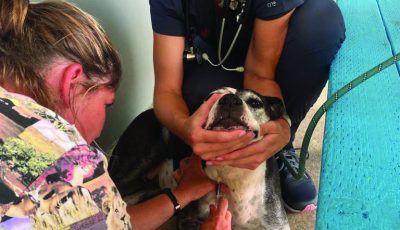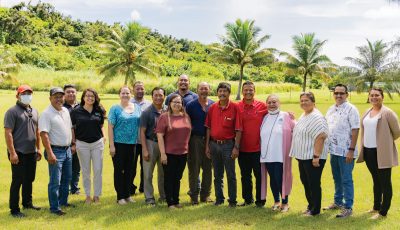A lot more to discover in study of ancient Chamorros
Molecular Anthropologist Dr. Miguel Vilar said there are a lot more things that are waiting to be discovered in the study of the ancient Chamorro people in the Marianas, adding that more research is needed to disseminate the information.
Vilar, who had a one-night only lecture on Researching the Origins and Genetic Distinctiveness of the Chamorros: A Bi-Parental Analyses last month, said diseases and language are some of the other factors that researches could concentrate into.
“Diseases may be a factor, in changing the dynamics of a population. But we do avoid looking at DNA associated with diseases, so that eliminates that factor in the parts of the DNA we analyze,” said Vilar in an email to the Saipan Tribune.
“[Still], it does play a factor in the survival of some lineages and the replacement of some lineages with others,” he added.
Though not a linguist, he also sees a pattern of similarity between the Chamorro and Filipino languages as both are included in the Malayo-Polynesian subgroup of the Austronesian migrants.
“I am not a linguist, so I would have to consult with others who are in such a study. But I do think that it is worth doing that kind of language study and comparing the genetics and language similarities/differences,” said Vilar.
“It would be a great study to see if the languages share the same root words, or if it’s a matter of borrowed words. But it should probably be a linguist to lead that study.”
Researchers also have a hypothesis that Austronesians who first arrived in the Marianas—Guam and the CNMI—were both male and female. “We think that the males did more exploring, but when it came to settling new places, they came together.”
Vilar said that the Austronesians also settled along present day Papua New Guinea and the Solomon Islands before heading further out to the Marianas, the Federated States of Micronesia, and Polynesia.
“However, the group that reached the Marianas did not go that way, they came from Eastern Indonesia northeast to the Marianas. To Palau, they may have come from several directions—in Indonesia, New Guinea, and FSM.”




























